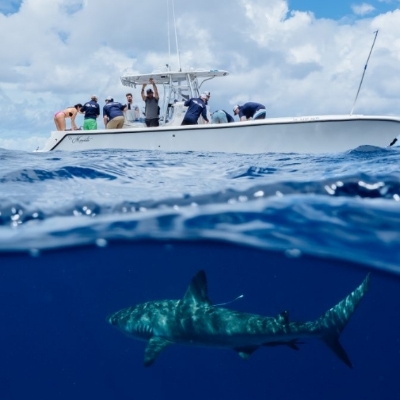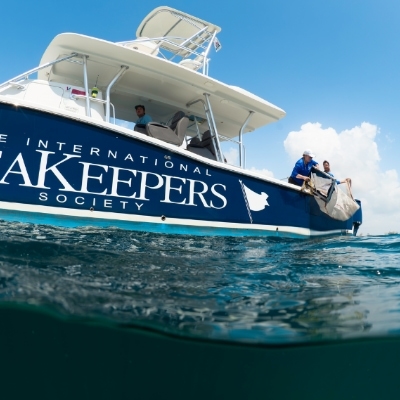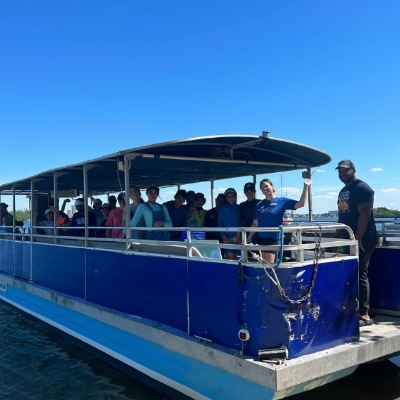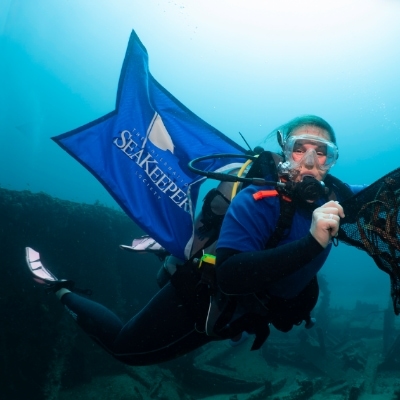Discovering New Species of Brooding Damselfishes in the Philippines
Project Overview:
The University of California, Santa Cruz, aims to conduct fish surveys and explore remote reefs with the goal of establishing an accurate distribution map for various species. Additionally, the objective is to potentially discover new brooding damselfish species through these surveys.
Program Partners
- University of California Santa Cruz
Location
- Palawan Province, Philippines
Expected Time Frame
- April or May 2025
Duration of Expedition
- 15 – 20 Days
Accommodation Needed
- 2
Special Equipment Needed
- Licensed Captain
- Swim platform (hydraulic/stationary) or easy access to water
- Access to tender/smaller vessel
- Compressor (for scuba diving)
Expedition parameters listed above are flexible and negotiable.

Background:
Typically, coral reef fishes disperse their eggs into the water, relying on currents to carry them. After hatching, larvae embark on journeys lasting days to weeks before returning to the reef. However, three damselfish species exhibit unique behavior, choosing to brood their young. In this process, eggs remain in proximity to the parents, and upon hatching, the offspring feed on parental skin mucous while being shielded by them. This distinctive life cycle unfolds within a family group.
The specific distribution of these damselfish species in the northwestern Philippines, encompassing areas around Coron, Busuanga, and Palawan, remains poorly understood.
Applications:
This project will not be used in legislative action or shared with any student bodies.
Relevant/Previous Scientific Publication(s):
Program Partners:
Get Involved
If you’re interested in learning more about this specific program opportunity, please reach out to our team below to find out more about this program or get involved in other opportunities with SeaKeepers.
Explore More Opportunities

At-Sea Opportunities

Citizen Science Opportunities

Education Opportunities




